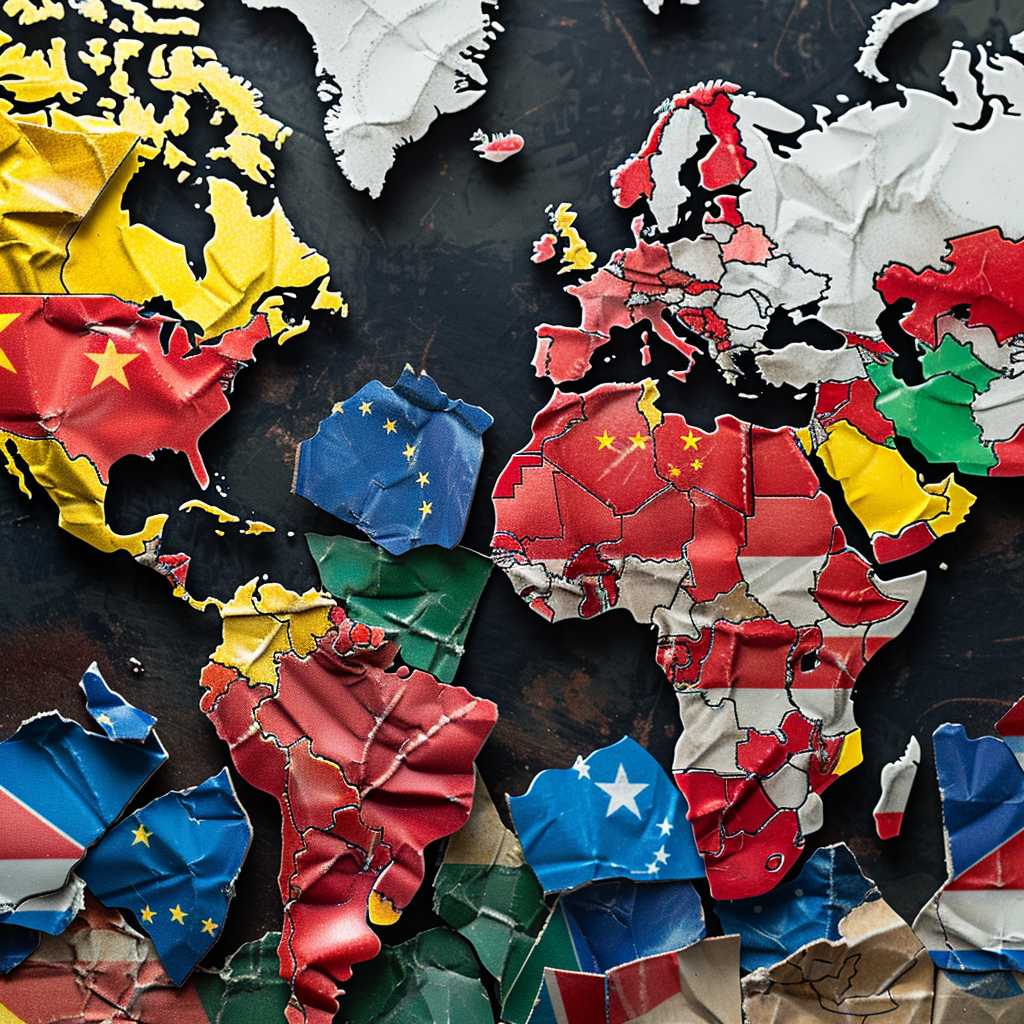World War 3: Hypothetical Scenarios and Global Impact Analysis
As a highly sensitive and potentially controversial subject, the theorization of a third world war requires careful, neutral analysis based on historical facts, political science, and current global dynamics. The notion itself is purely speculative and echoes the fear of a large-scale conflict reminiscent of the first two World Wars, which collectively resulted in immense human suffering, economic devastation, and geopolitical shifts. Such conflict is a topic of analysis rather than a prediction or inevitable outcome in our world.
Understanding the Concept of World War 3
The concept of “World War 3” is often used to describe a hypothetical future global conflict involving major powers across the world. Unlike the first two World Wars which were definitive historical events, this is an idea deeply entrenched in speculative geopolitics and steeped in the catastrophic impact of previous 20th century wars.
Historical Context: The Legacy of World War 1 and World War 2
To understand what a third world war might entail, one must reflect on history. The first and second World Wars reshaped borders, economies, and power structures globally. The aftermath of these wars led to the formation of international bodies like the United Nations designed to prevent further conflicts of such magnitude.
The Role of Nuclear Weapons in Deterrence
A defining factor that sets apart modern geopolitical tension from that of the early 20th century is the existence and proliferation of nuclear weapons. Initially developed during World War 2, nuclear armaments have since been integrally linked with a strategy of deterrence. The potential for mutually assured destruction (MAD) has been seen as a formidable preventive measure against large-scale conflicts between nuclear-armed states.
Hypothetical Triggers for Global Conflict
There are several flashpoints that could theoretically trigger widespread military engagement. Territorial disputes, resource competition, economic collapse, or dramatic escalation in current conflicts could all contribute to a scenario where a world war becomes conceivable.
The Economic Implications of a Third World War
An extensive conflict involving major geopolitical powers would undeniably precipitate an economic shockwave similar to or greater than past global wars. The modern interdependence created by globalization would not only amplify local damages but would also lead to unprecedented disruptions in trade networks, supply chains, and global markets.
Globalization vs. Nationalism: The Balance of Power’s Impact
As nations navigate between globalization and rising nationalism, power dynamics evolve. Some analysts propose that expanding nationalist movements can strain international cooperations and heighten risks of confrontations.
Cyber Warfare and the Future Battleground
Future conflicts are likely to see an increased role for cyber-operations. With countries investing heavily in digital espionage, surveillance capabilities, and cyber defense mechanisms, warfare has extended beyond conventional physical domains.
The Role of International Institutions in Crisis Management
International organizations like the United Nations play vital roles in de-escalating tensions. Understanding their capacity for crisis management and conflict resolution helps frame how future global conflict might be mediated or potentially inhibited.
Environmental Consequences of a Third World War
Warfare goes hand-in-hand with environmental degradation. The large-scale environmental consequences implicitly associated with modern warfare—nuclear fallout, habitat destruction, pollution—present dystopian images that significantly strengthen the argument against any formative support for such conflict.
Space Warfare: A New Frontier in Conflict
The militarization of space is another battleground often considered when thinking about future warfare. Satellite infrastructure is already deemed critical national security assets, stressing how an escalation here could represent one facet of larger conflicts.
Humanitarian Impact and Casualty Projections
Any conversation around global conflict must give due weight to the humanitarian cost—lives lost, populations displaced, human rights compromised. The estimated casualties spacecraft from armed combat fatalities to collateral damages across civilian populations.
Possible Paths to Conflict Resolution or De-Escalation
Analysts emphasize several stratagems for steering away from potential global confrontations. These include diplomatic negotiations, economic sanctions to halt aggressions without direct military engagements, and international laws aiming at military compulsions and weapon controls.
Optimism Through International Collaboration
No prediction model is conclusive enough to establish imminent war trajectories factually. However, historians advocate that lessons learned from past conflicts paired with strong international cooperation can guide us toward positive peacebuilding scenarios.
Lessons from Contemporary Struggles
Studying current global tensions provides insights into how complex the nature of modern warfare could be if escalated into multiple coordinated fronts across various regions worldwide.

